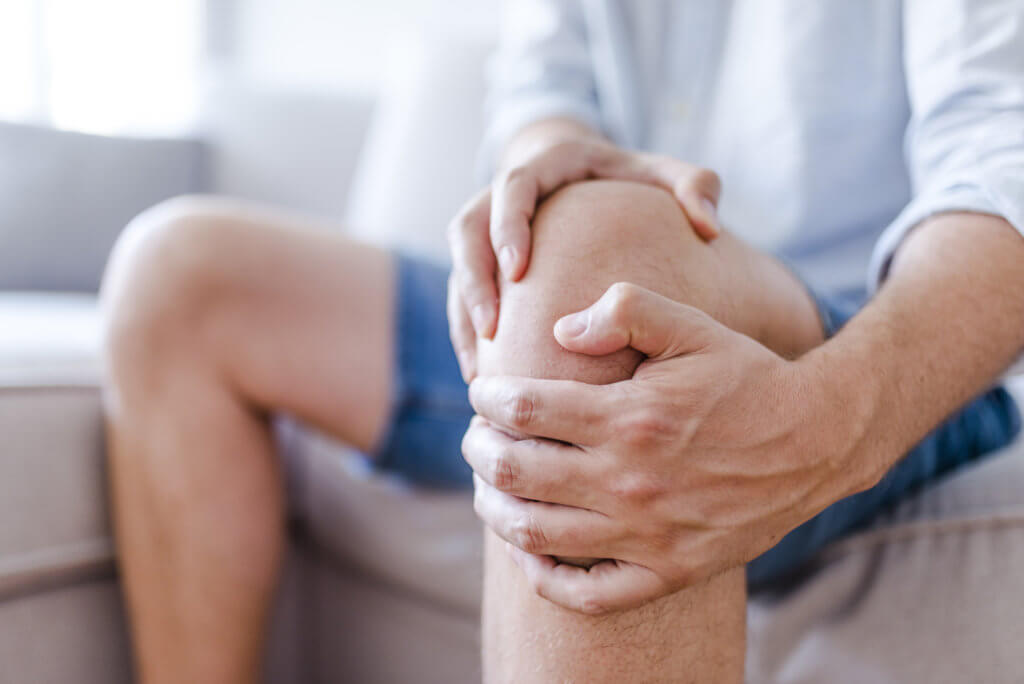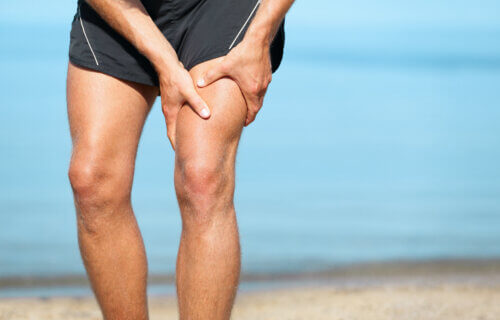CHICAGO — Squats are a great way to strengthen your lower half, and they may also help save you thousands of dollars on knee surgery. A new study finds that having stronger quadriceps muscles reduces the risk of needing future knee replacement surgery. The findings could form a more effective physical therapy regimen for people with advanced arthritis in their knees.
Estimates show that 14 million adults in the U.S. have knee osteoarthritis, a condition that is a major source of pain and disability. Of the 14 million, more than half will eventually need knee replacement surgery.
Muscle training is generally thought to lower the chances of needing a total knee replacement, but which muscle groups are the most important has been unclear. The researchers of the current study were most interested in the muscles related to the extensors and hamstrings. Both are important muscle groups for the knee.
The extensors (quadriceps) are the muscles on the front of the thigh and are the strongest muscle groups in the body. They significantly influence how you walk and other biomechanics. The hamstrings, or the muscles around the back of the thigh, are important for hip extension and knee flexion.
“The two muscle groups act as counter forces, and the balance between them enables a wide range of activities while protecting the knee joint,” says Upasana Upadhyay Bharadwaj, a researcher at the University of California-San Francisco and lead study author, in a media release. “An imbalance, in addition to other factors, leads to a change in the biomechanics resulting in the progression of osteoarthritis.”

Researchers looked at thigh muscle volume in 134 people who previously took part in a National Institute of Health study. Half of the group previously had a total knee replacement, and their thigh muscle volume was compared to the other half of the group who never underwent that procedure. The authors also examined MRI images of the thigh at the time of surgery, along with MRI images two years and four years before surgery.
People with stronger thigh muscles (a higher ratio of quadriceps to hamstring volume) were less likely to need total knee replacement surgery. Additionally, having stronger hamstrings and a higher volume of gracilis — a long, thin muscle in the inner thigh — was associated with total knee replacement.
“Our study shows that in addition to strong muscles individually, larger extensor muscle groups—relative to hamstring muscle groups—are significantly associated with lower odds of total knee replacement surgery in two to four years,” Bharadwaj explains.
The study suggests prioritizing exercises focused on strengthening the quadriceps and hamstrings would help immensely for people with osteoarthritis. Strength training for the public could also serve as a preventative way to lower the risk of osteoarthritis in general.
The research was presented at the annual meeting of the Radiological Society of North America (RSNA).
You might also be interested in:
- Best Muscle-Building Supplements For 2023: Top 5 Aids Most Recommended By Fitness Pros
- New procedure offers long-term pain relief without drugs after knee replacement
- Anti-aging molecule? Potential treatment to revive deteriorating muscles discovered by Stanford scientists

